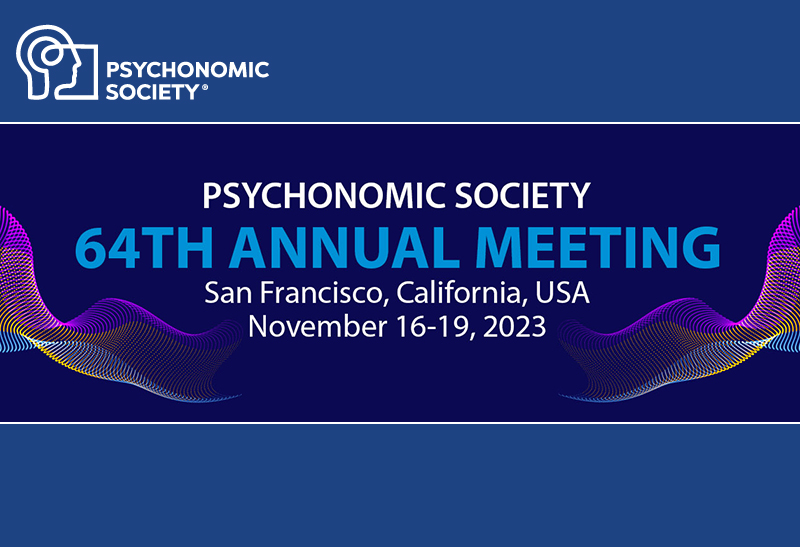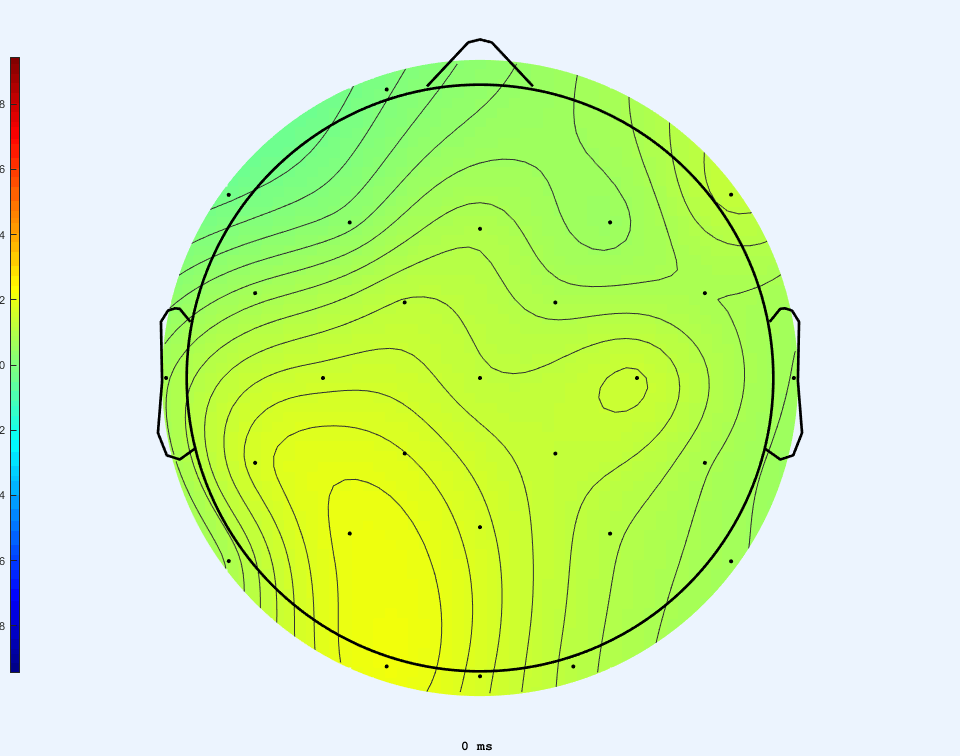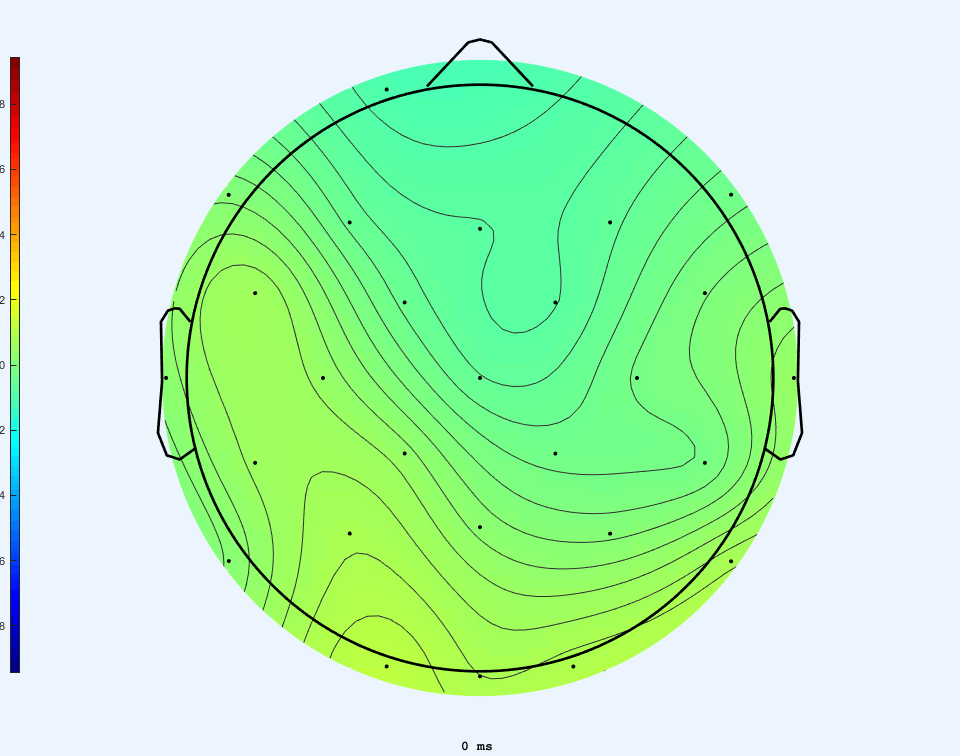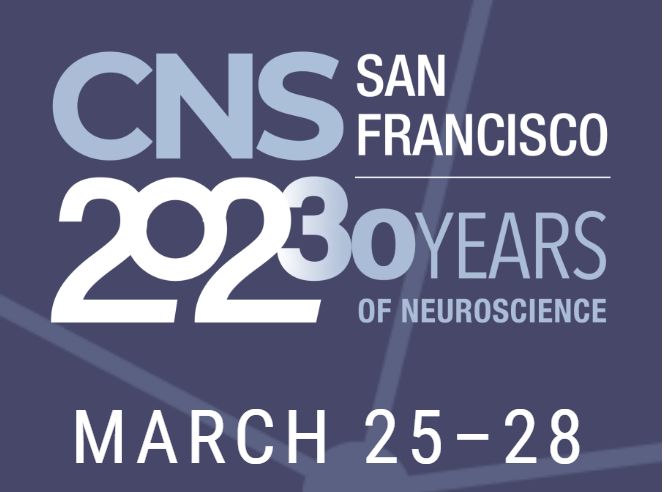Conference Presentations
Psychonomic Society 64th Annual Meeting November 2023

Click on links to download our posters.
ERP responses reflect individual differences in visual statistical learning
Do individual differences in mechanisms of implicit learning play a role in learning to read words? In order to determine the time course and neural processes involved in online statistical learning of visual sequence, and their relationship to visual word recognition we recorded event-related potentials (ERPs) while participants were exposed to continuous sequences with elements organized into shape-words and then correlated the data with reading profiles derived from tests of spelling and vocabulary. Our data suggest that the ERP responses, in particular the N400, may be correlated with statistical learning and reflect individual differences in the extent to which word reading relies on orthographic versus semantic representations.
2023 Rhode Island IDeA Network of Biomedical Research Excellence (RI-INBRE) Summer Undergraduate Research Symposium Presentation July 2023

Individual differences in ERP responses to visual statistical learning
Do individual differences in mechanisms of implicit learning play a role in learning to read words? In order to determine the time course and neural processes involved in online statistical learning of visual sequence, we recorded event-related potentials (ERPs) while participants were exposed to continuous sequences with elements organized into shape-words. Our data suggest that the N400 ERP response may reflect differences in the ability to extract patterns from with visual sequences. In further work, we plan to correlate these data with reading profiles derived from tests of spelling and vocabulary. These studies will help us to understand the extent to which word reading depends on statistical learning and gain insights into the brain processes underlying both skills.
See animated scalp maps below:
Insensitive difference wave Hits - Correct Rejections

Insensitive difference wave Hits - False Alarms

The Cognitive Neuroscience Society (CNS) 30th Anniversary Meeting March 2023

Differential patterns of brain activity are correlated with sensitivity to morphological structure
Skilled reading requires us to rapidly retrieve a word’s meaning from memory based on a brief exposure to a sequence of arbitrary, abstract visual symbols. Within the lexicon, the mapping from form to meaning takes place at the level of morphology, and rapid semantic retrieval is facilitated by lexical representations that are precise, specific, redundant and flexible. Given that both lexical quality and sensitivity to morphological structure are key components of reading success, can we identify patterns of brain activity that reflect individual differences in these characteristics? To answer this question, we collected event-related potential and response time data from participants as they completed a lexical decision task featuring complex words that varied in the frequency of their morphological components. These data allowed us to determine individual differences in sensitivity to morphological structure. We also quantified individual differences in lexical quality (LQ) via estimates of vocabulary size and spelling performance, both of which are correlated with the precision and stability of lexical representations. We found differences between high LQ and low LQ participants in the N250 ERP component which has been hypothesised to reflect the processing sub-lexical orthographic units. These findings suggest that individual differences in lexical quality and sensitivity to morphological structure are reflected in distinct patterns of brain activity, and opens the avenue for further work to investigate the perceptual and cognitive processes that underlie these differences.